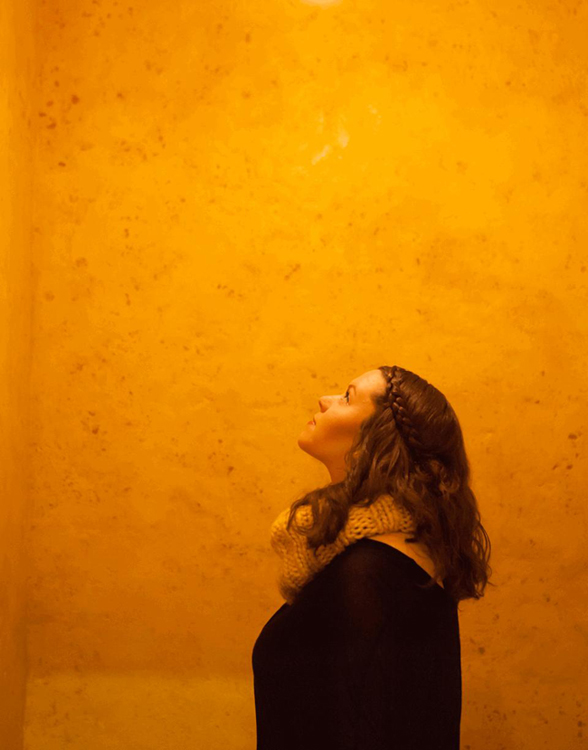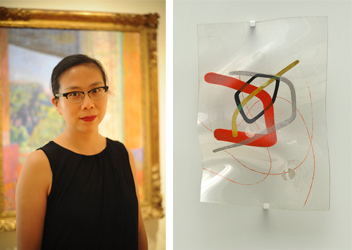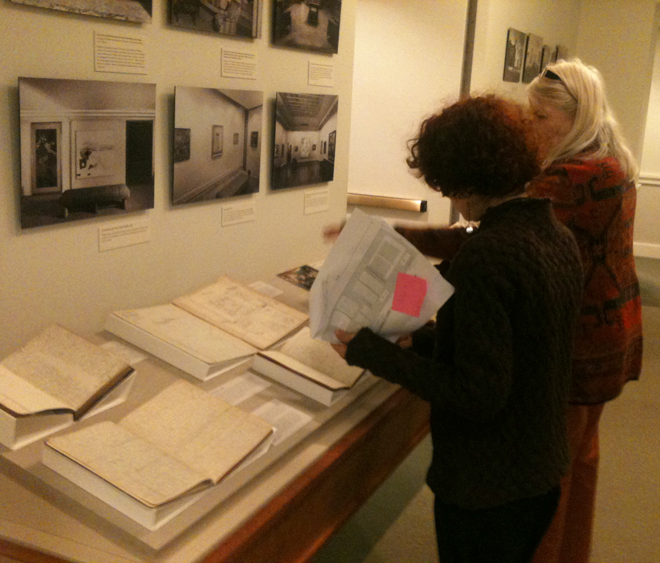In celebration of the Laib Wax Room‘s first anniversary as a permanent installation at The Phillips Collection, Membership Associate and Marketing & Communications Intern Rhiannon Newman, who was one of four assistants in the preparation and installation, describes her experience in a four part series.
The action of breaking the wax apart lulls, quiets, calms. The metronome-like thuds of hammers and mallets hitting the wax blocks, the repetitive arch of my arm coming down hard on the yellow-orange slab, the slight sting of the hammer building calluses on my palms—the rhythmic silence leaves me alone with my thoughts. The giant double broiler of wax percolating in the corner is filled to the brim and the perfume is oppressive. All I can think about is beeswax. And then I remember.
Wax.
Beeswax.
Beeswax Chanukkah candles.
My grandfather wrapping his fingers around my tiny five-year-old hand holding the shamash candle.
“Baruch atta adonai.”
The memories, stored and tucked away, suddenly surface. The moment seems almost a little too poetic to be real, saccharine sweet, and I brush away the errant thought and the emotions that come with it. Weeks later I pass the wax room and overhear two old women talking.
“It reminds me of Mother’s candles, doesn’t it? The tealights she had in her old apartment, right?” Her companion murmurs something softly and moves into the next gallery. I turn back on the stairs, ready to say something, to share in the moment and… what to say? She is standing alone in the room now, her gaze set on years before. I tiptoe away, leaving her in the company of her mother.
Rhiannon Newman, Membership Associate and Marketing & Communications Intern



